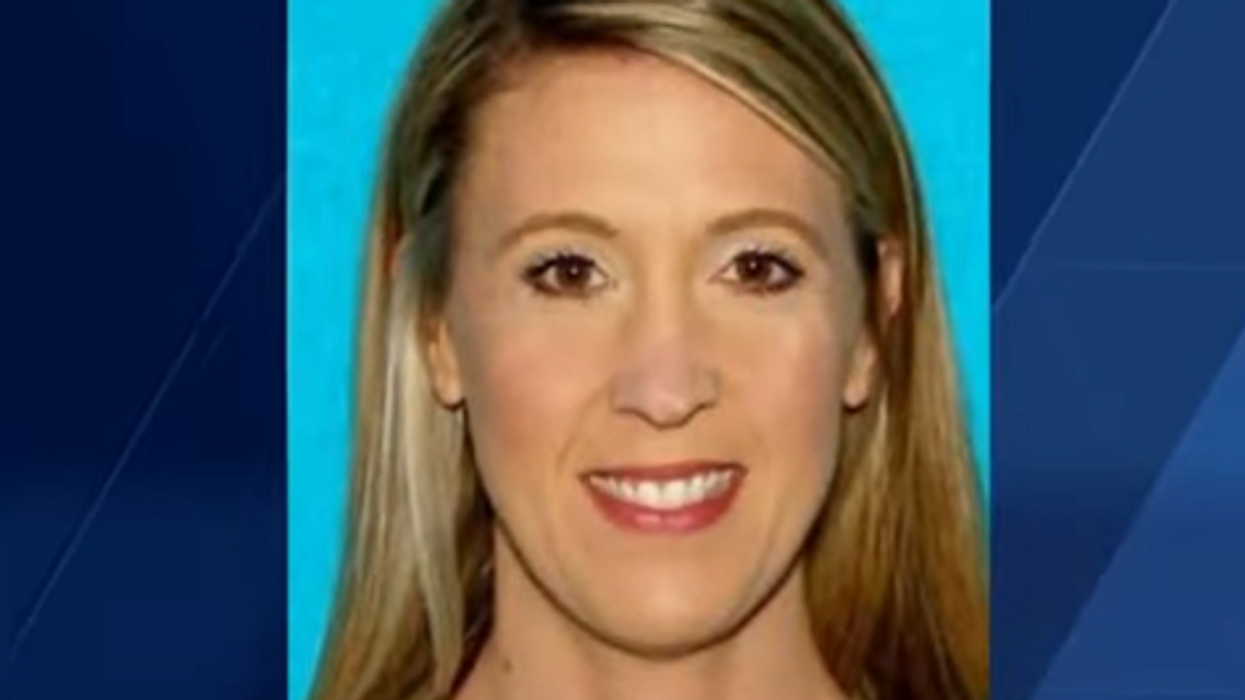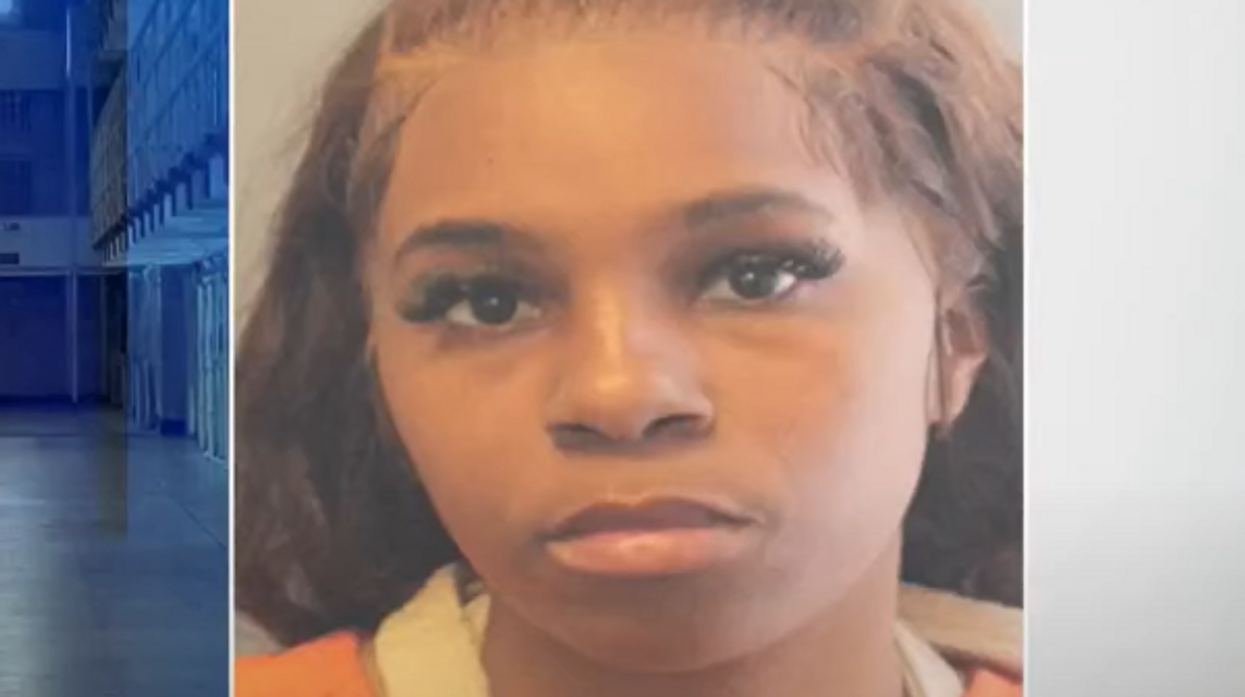The U.S. Supreme Court’s unanimous slap down of the 6th U.S. Circuit Court of Appeals in the recent decision in Susan B. Anthony List v. Driehaus illustrates why the 6th Circuit has become one of the most overturned circuits in the nation, giving the 9th U.S. Circuit Court of Appeals a run for its money.
Most overturned is not a title to be proud of, but the 6th is doing everything it can to remain a top contender. According to stats kept by SCOTUSblog, in 2009, the 6th actually succeeded in passing the 9th by having a perfect reversal rate (0-7). It came up a bit from its pathetic performance to an 83 percent reversal rate in 2010 (just by having one decision affirmed), but descended into the abyss again (reversed 100 percent) in 2011 and 2012. In this last term (2013), they are actually doing a bit better at 80 percent (2-8), but this decision reminds us again that the 6th Circuit is simply not a very sensible court.
 Anti-abortion demonstrators hold signs during a Priests for Life protest outside the US Court of Appeals for the DC Circuit Court as the Court hears the oral arguments in the 'Priests for Life v. US Department of Health and Human Services (HHS)' case in Washington, DC, on May 8, 2014. The case centers around the HHS mandate in the Affordable Care Act, known as Obamacare, that religious organizations must cover contraceptions and abortion as part of their health insurance benefits, even if that goes against the organization's religious beliefs. Saul LOEB SAUL LOEB/AFP/Getty Images
Anti-abortion demonstrators hold signs during a Priests for Life protest outside the US Court of Appeals for the DC Circuit Court as the Court hears the oral arguments in the 'Priests for Life v. US Department of Health and Human Services (HHS)' case in Washington, DC, on May 8, 2014. The case centers around the HHS mandate in the Affordable Care Act, known as Obamacare, that religious organizations must cover contraceptions and abortion as part of their health insurance benefits, even if that goes against the organization's religious beliefs. Saul LOEB SAUL LOEB/AFP/Getty Images
Here are the facts of the case:
Former Congressman Steve Driehaus (D-Ohio) voted for the Patient Protection and Affordable Care Act (aka, Obamacare). If you remember, at the time of the Obamacare debate on Capitol Hill before the bill was passed, there was a group of pro-life congressmen, led by Former Congressman Bart Stupak (D-Mich.), who were holding the bill until it was amended to make clear that none of the money was to fund abortion.
No such provision was in the written law. It was a big debate. But ultimately, to the chagrin of pro-life groups, the pro-life group of congressmen caved on a mere promise by President Barack Obama that he would, through an executive order, see that no funds would go to abortion. But again, the law was never amended to say that.
That is why pro-life groups told the congressmen that they should vote against Obamacare, saying that a vote for Obamacare was a vote for taxpayer-funded abortion. They were warned that relying on the president’s mere promise was worth nothing at all. As you know, Obamacare passed without a pro-life amendment. Since then, Stupak has come out recently to express his frustration about how the Obama Administration has already betrayed that “agreement” he relied on when he supported the bill.
At election time, Susan B. Anthony List, a pro-life political action committee that helps pro-life women get elected to Congress, went to work on those who said they were pro-life, yet voted for Obamacare. Driehaus was one of those. When SBA tried to place a billboard that read “Shame on Steve Driehaus! Driehaus voted FOR taxpayer-funded abortion,” Driehaus threatened legal action based on an Ohio law that criminalizes certain false statements made during a political campaign. The ad agency, therefore, refused to place SBA’s billboard.
 The billboard that the Susan B. Anthony List wished to place. Photo Credit: Susan B. Anthony List.
The billboard that the Susan B. Anthony List wished to place. Photo Credit: Susan B. Anthony List.
Driehaus later filed a complaint with the Ohio Elections Commission alleging SBA had lied by stating that he had voted for taxpayer-funded abortion. A preliminary panel of the Commission found probable cause that a violation had been committed and set a hearing.
It is important to note that a violation of the Ohio statute is considered a first degree misdemeanor punishable by up to six months imprisonment, a fine up to $5,000, or both. So SBA faced some serious consequences and had to invest a considerable amount of time and money to defend itself.
The proceedings were delayed until after the election, and Driehaus withdrew the complaint after he lost. But the damage was already done. SBA was not able to place the billboard. Their freedom of speech had been violated. Therefore, it wanted to challenge the Ohio law as a violation of their First Amendment rights.
But they were not allowed to do so. The 6th Circuit rewarded Driehaus’ deceptive tactics by ruling that, since there was no complaint now (due to Driehaus’ withdrawal), SBA could not challenge the law. In legal terms, the complaint wasn’t “ripe.” SBA would have no recourse.
 The Healthcare.gov website is displayed on a laptop computer arranged for a photograph in Washington, D.C., U.S., on Monday, Nov. 4, 2013. The race to construct an online insurance exchange by Oct. 1 spurred the Obama administration to use an expedited bidding system that limited its choice of a builder to just four companies, including CGI Group Inc. Andrew Harrer/Bloomberg via Getty Images
The Healthcare.gov website is displayed on a laptop computer arranged for a photograph in Washington, D.C., U.S., on Monday, Nov. 4, 2013. The race to construct an online insurance exchange by Oct. 1 spurred the Obama administration to use an expedited bidding system that limited its choice of a builder to just four companies, including CGI Group Inc. Andrew Harrer/Bloomberg via Getty Images
Anyone can see that this is preposterous. The ruling set a precedent for any politician to challenge an opponent's message and start a costly legal battle until the election concludes, only to withdraw it later. They would never even have to prove the validity of their accusations. It is obvious this has an incredibly chilling effect on political speech, which is to be carefully protected. So, not surprisingly, the Supreme Court reversed the 6th Circuit.
Unanimously. Again.
The Court rightfully highlighted the foolish reasoning that the claim is not ripe because, “SBA has not alleged that ‘it plans to lie or recklessly disregard the veracity of its speech’ in the future,” as the 6th Circuit wrote. The whole point is that they don’t believe they are lying, but the Commission still found “probable cause.” SBA plans to use the exact same line about Obamacare representing tax-payer funded abortions. Here is the way Justice Clarence Thomas put it in the opinion:
The 6th Circuit misses the point. SBA’s insistence that the allegations in its press release were true did not prevent the Commission panel from finding probable cause to believe that SBA had violated the law the first time around. And, there is every reason to think that similar speech in the future will result in similar proceedings, notwithstanding SBA’s belief in the truth of its allegations. Nothing in this Court’s decisions requires a plaintiff who wishes to challenge the constitutionality of a law to confess that he will in fact violate that law.
The threat of future enforcement of the false statement statute is substantial… past enforcement against the same conduct is good evidence that the threat of enforcement is not "chimerical."
The plaintiffs faced a "credible threat" of enforcement and should not be required to await and undergo a criminal prosecution as the sole means of seeking relief.
Most importantly, it noted, “Indeed future complaints may well ‘invoke the prior probable – cause finding to prove that SBA knowingly lied.’”
The whole case was a sham from the beginning. It should never have gone to the Supreme Court because the 6th Circuit should have seen what is crystal clear to every other reasonable person in the country, that SBA has done nothing wrong but only tried to tell people about the voting record of their elected officials from their perspective. Disagreement about the reading of a law is the most fundamental form of political engagement, and it should be encouraged, not stifled by force of law.
Let’s hope they learned a lesson and do the right thing as the case goes back down for further proceedings.
Mario Diaz, Esq. is Legal Counsel at Concerned Women for America, the nation's largest public policy women's organization. Follow him @legalblurbblog.
–
TheBlaze contributor channel supports an open discourse on a range of views. The opinions expressed in this channel are solely those of each individual author.


 Anti-abortion demonstrators hold signs during a Priests for Life protest outside the US Court of Appeals for the DC Circuit Court as the Court hears the oral arguments in the 'Priests for Life v. US Department of Health and Human Services (HHS)' case in Washington, DC, on May 8, 2014. The case centers around the HHS mandate in the Affordable Care Act, known as Obamacare, that religious organizations must cover contraceptions and abortion as part of their health insurance benefits, even if that goes against the organization's religious beliefs. Saul LOEB SAUL LOEB/AFP/Getty Images
Anti-abortion demonstrators hold signs during a Priests for Life protest outside the US Court of Appeals for the DC Circuit Court as the Court hears the oral arguments in the 'Priests for Life v. US Department of Health and Human Services (HHS)' case in Washington, DC, on May 8, 2014. The case centers around the HHS mandate in the Affordable Care Act, known as Obamacare, that religious organizations must cover contraceptions and abortion as part of their health insurance benefits, even if that goes against the organization's religious beliefs. Saul LOEB SAUL LOEB/AFP/Getty Images
 The billboard that the Susan B. Anthony List wished to place. Photo Credit: Susan B. Anthony List.
The billboard that the Susan B. Anthony List wished to place. Photo Credit: Susan B. Anthony List.
 The Healthcare.gov website is displayed on a laptop computer arranged for a photograph in Washington, D.C., U.S., on Monday, Nov. 4, 2013. The race to construct an online insurance exchange by Oct. 1 spurred the Obama administration to use an expedited bidding system that limited its choice of a builder to just four companies, including CGI Group Inc. Andrew Harrer/Bloomberg via Getty Images
The Healthcare.gov website is displayed on a laptop computer arranged for a photograph in Washington, D.C., U.S., on Monday, Nov. 4, 2013. The race to construct an online insurance exchange by Oct. 1 spurred the Obama administration to use an expedited bidding system that limited its choice of a builder to just four companies, including CGI Group Inc. Andrew Harrer/Bloomberg via Getty Images


